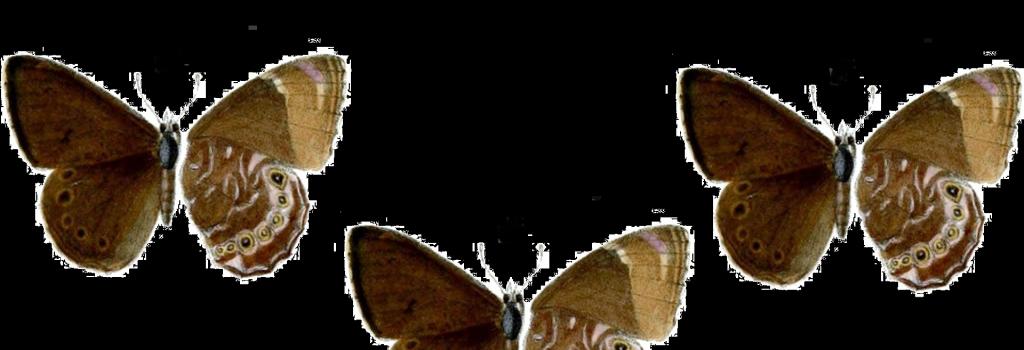

The species was first discovered in Sikkim in 1887



This year has been an important one for butterfly researchers of Sikkim. After a span of 120 long years, researchers at the Sikkim University in Gangtok have rediscovered the Small Woodbrown butterfly species from Bakhim in Khanchendzonga National Park.
This finding has opened the possibility of occurrence of more species of butterflies that await rediscovery or discovery in the state, which is one of the 36 biodiversity hotspots of the world.
The Small Woodbrown butterfly was discovered in Sikkim in 1887 by a scientist named de Nicéville. But at that time, the exact location of its occurrence and photographic evidence were not presented. “This year we have rediscovered the Small Woodbrown butterfly by providing photographic evidence and capturing specimens which proves with utmost certainty that this species occurs in Sikkim”, informs Bhoj Kumar Acharya, professor at the Department of Zoology, Sikkim University, who is the corresponding author of the study.
The Small Woodbrown butterfly, scientifically known as Lethe nicetella is named after its brown-coloured wings patched with white round spots. It is amongst the smallest members of the genus Lethe, with wings that are up to 50 millimeters long. The species is endemic to the eastern Himalayas and occurs in forests lying between elevations of 1,800-2,800 metres. Across the world, species of Lethe are found in Sunda Islands, Japan, Siberia, Himalayas and peninsular India. Of the 41 species of Lethe that are found in India, 32 species are reported from Sikkim alone.
Researchers believe that an important reason why the Small Woodbrown butterfly species was not sighted in Sikkim for more than a century is its close resemblance with another species called Lethe sidonis. This species is fairly common in the Khanchendzonga National Park and differs from the Small Woodbrown butterfly in the size and structure of its wings–a feature that needs to be examined very closely by a trained zoologist using magnifying lenses. Although researchers have observed the Small Woodbrown butterfly feeding on faecal matter of cattle and horses, they are yet to perform an in-depth investigation about its life cycle, feeding and mating behaviour in its natural environment.
Butterflies are important components of the natural ecosystem. They help to pollinate flowers—a process which is necessary for plants to produce viable seeds. Also, some species of butterflies feed on plants, some on animal dung, and very few on smaller insects like aphids, making them important links of Nature’s food chain. Butterflies are also used as indicator species—that is, species whose abundance and physical traits are used by scientists to study forest or ecosystem health. “It is also important to understand that every organism–no matter what role it plays in the ecosystem–has an equal right to survive on this planet”, says Acharya. Since the Small Woodbrown butterfly is found only in forests, their degradation leading to the disappearance of host plants is a key potential threat to its existence, adds Sailendra Dewan, his doctoral student who resighted the Woodbrown butterfly this year.
After this important rediscovery, researchers plan to explore the diversity of butterfly species in other areas of Sikkim namely Teesta and Rangeet valley and adjoining areas in Darjeeling-Kalimpong of West Bengal. “We also plan to carry out DNA-based studies to understand differences in the genetic makeup of various species of butterflies found in these areas”, says Acharya.
The study was done by Sailendra Dewan, Bhoj Kumar Acharya, and Sudeep Ghatani at the Department of Zoology of the Sikkim University in Gangtok, Sikkim. It was published in a recent issue of the Journal of Threatened Taxa.
We are a voice to you; you have been a support to us. Together we build journalism that is independent, credible and fearless. You can further help us by making a donation. This will mean a lot for our ability to bring you news, perspectives and analysis from the ground so that we can make change together.

Comments are moderated and will be published only after the site moderator’s approval. Please use a genuine email ID and provide your name. Selected comments may also be used in the ‘Letters’ section of the Down To Earth print edition.